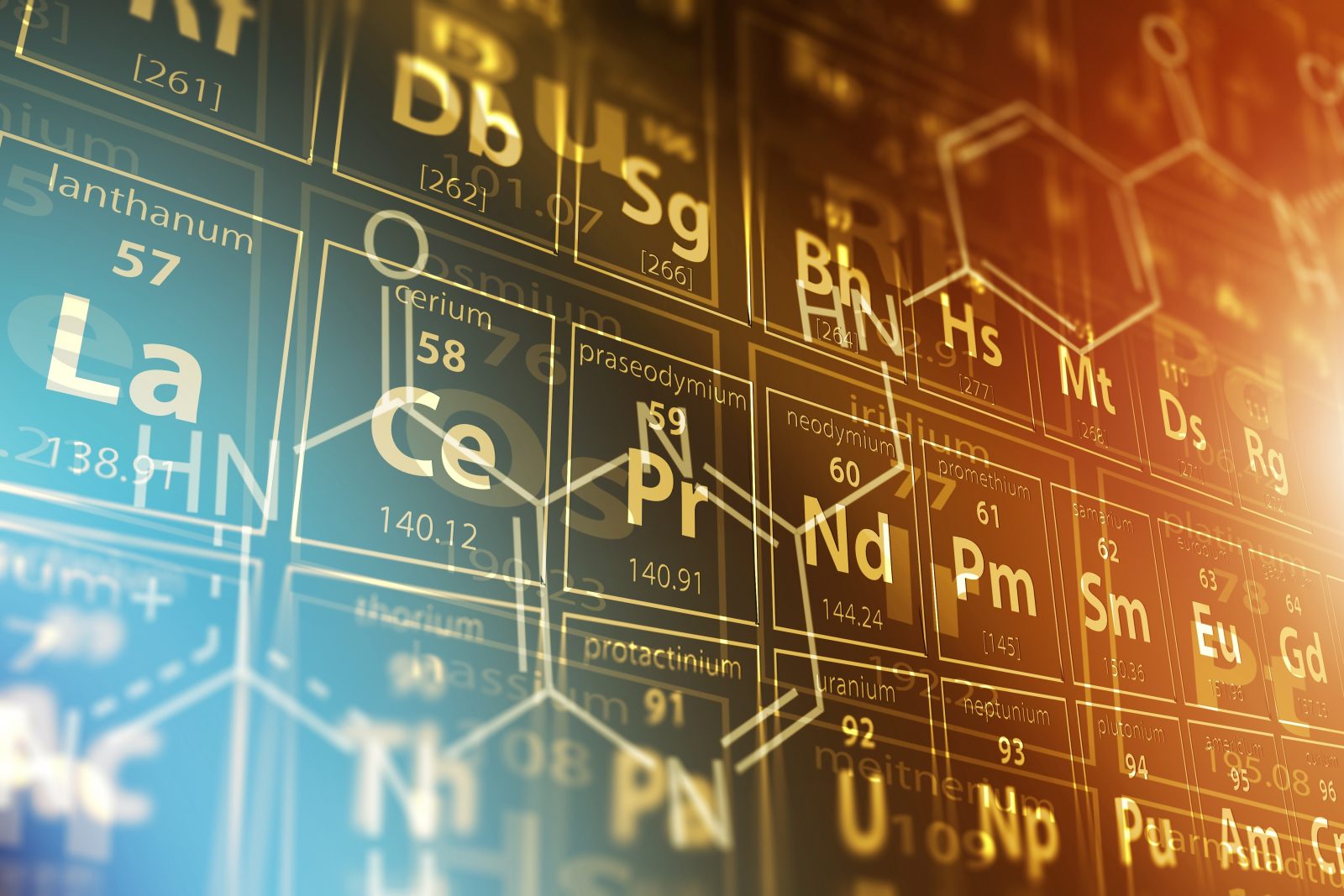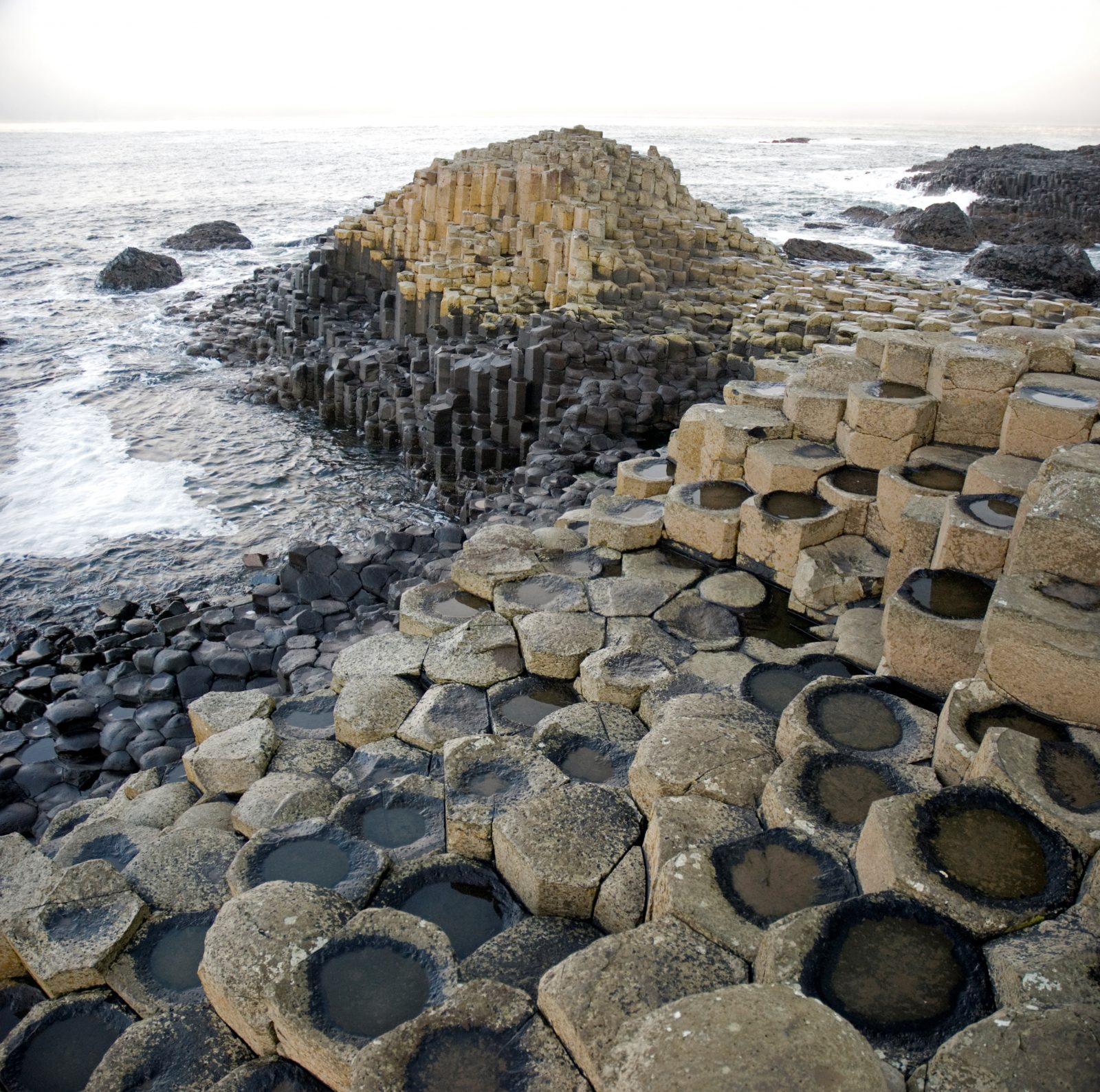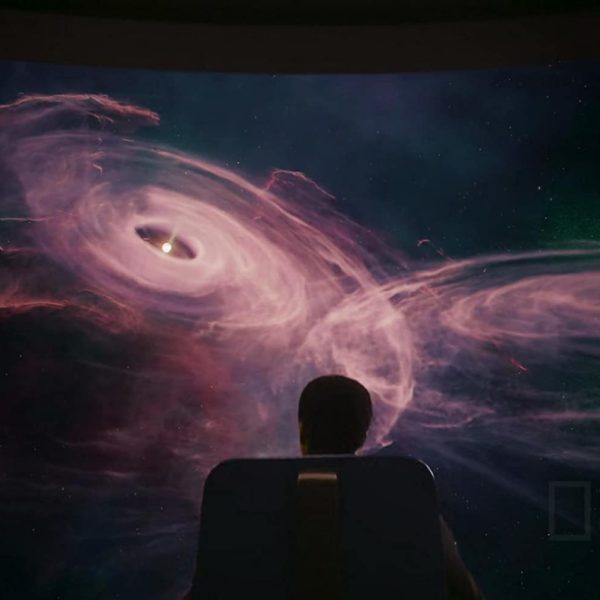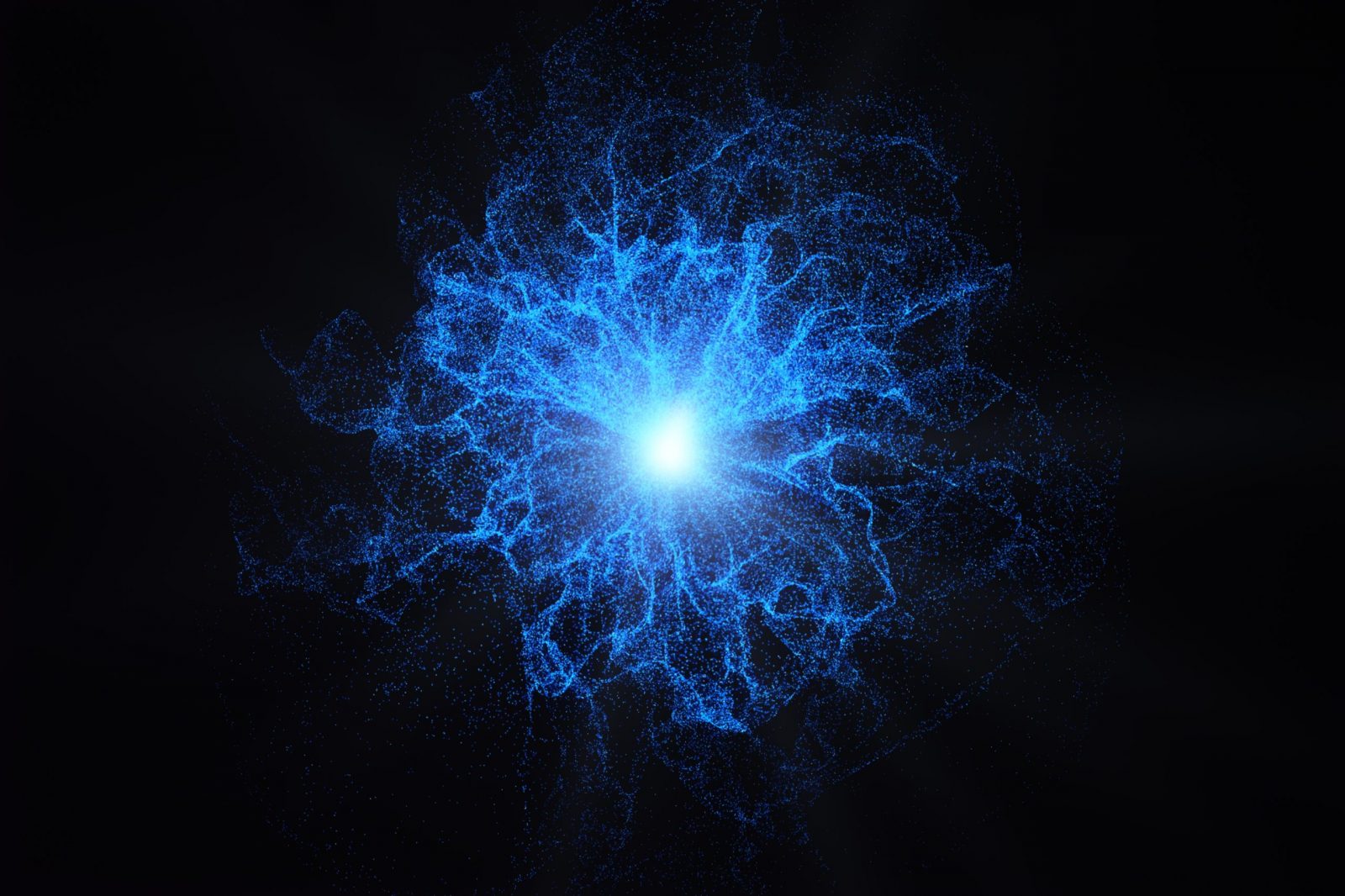
Michael Denton Talks Finely Tuned Chemistry and ATP Synthase
On this ID the Future, biochemist Michael Denton delves further into his revelatory new book The Miracle of the Cell. Here he discusses finely tuned chemical bonds. Cellular life would be impossible if strong bonds weren’t just so for some cellular functions, and if weak bonds weren’t just so for others. Each type of bond exists in a Goldilocks zone, neither too strong nor too weak for its purposes. They’re tailored to fit. Denton also explores the miracle enzyme known as ATP synthase and some of the fine-tuning particulars of this life-essential molecular complex.








